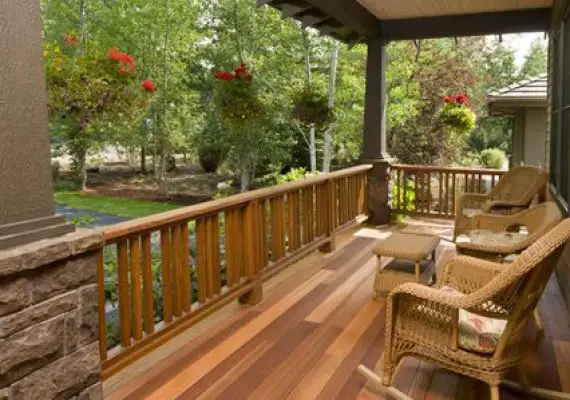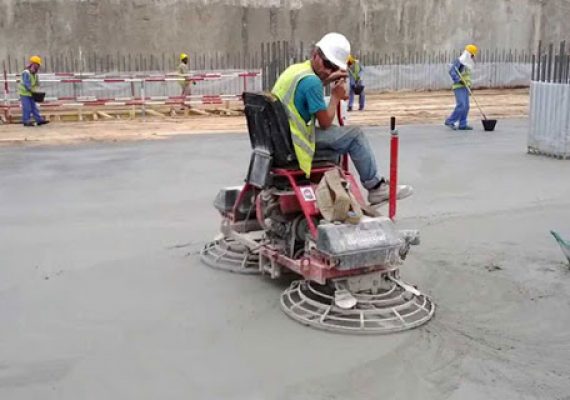What Is A Partial Basement?
What Is A Partial Basement?
Partial basements, sometimes known as part basements, are an uncommon type of basement that does not extend underneath the full area of a home and are typically the result of an expansion being made to the home after it has already been built.
Partial basements are excavated areas that only extend to half the length or width of the above ground structures and, unlike full basements which have the same dimensions as the dwelling above them, generally only cover a portion of the total area.
Home buyers don’t often encounter partial basements during their searches but they can be useful for creating additional storage space when other options may be unavailable.
Partial basements are a popular choice for home building as they allow for one or more sides of the basement to be partially or completely above ground, thus allowing for natural light to enter through windows, making it suitable and more adaptable as living areas.
However, these basements must be reinforced either with stone or concrete in order to be converted into usable rooms. Daylighting is an efficient way of creating these partial basements entirely underground or by excavating them and allowing for one side to be exposed above the ground.
This makes them perfect for living spaces that would require natural light but also provide much needed storage area.
An earthen partial basement is an old type of basement that was often used as a root cellar to store plants and vegetables during winter months.
These days, homes or other structures with either a full or partial basement are more attractive due to the fact that they can be converted into living space, stored in or used for recreational purposes. Finishing this type of basement is usually quite costly when the structure above it is already complete, however, it does offer a number of benefits compared to traditional methods.
Partial basements provide a great solution for property owners looking to stay within a budget, as they require less surface area and are thus cheaper to build than full basements. Although this can be beneficial financially, it might not be practical if homeowners want to use the space as living areas due to the limited capacity.
For instance, a tiny house with an average lot size of 400 square feet or smaller will typically have a basement of 200 square feet or less; although this small area could be converted into a bedroom or guest room, it would be much more cramped than normal.



